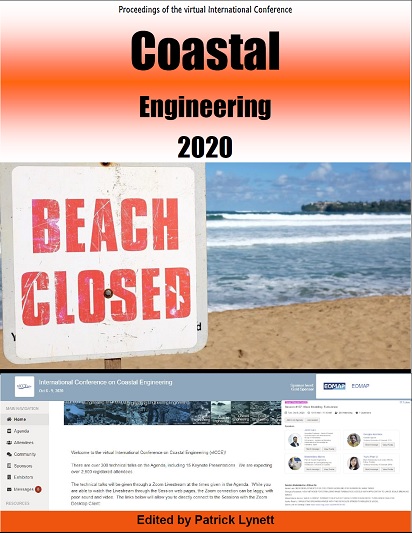Abstract
Unlike traditional infrastructure, which only takes into account socio-economic and political factors, or ecological restoration which focuses on the recovery of ecosystem health, resistance and resilience, green infrastructure has multifunctional goals, determined by the ecological and socioeconomic conditions of each, specific site (Silva et al., 2017). Connectivity, multifunctionality, integration and a multiscale approach are the key concepts in green infrastructure projects. Coastal green infrastructure projects include broad and contrasting aspects such as: 1. Recovery of the structure and functionality of natural ecosystems, 2. Creation of artificial ecosystems, 3. Engineering structures that depend on the functioning of the surrounding ecosystems, 4. Traditional engineering projects, adapted to reduce their environmental impact and, 5. Corrective actions applied to structures and land uses which damage the environment and threaten socio-economic aspects.Recorded Presentation from the vICCE (YouTube Link): https://youtu.be/76S-SfbIM4Y
References
Silva, Lithgow, Esteves, Martínez, Moreno-Casasola, Martell, Pereira, Mendoza, Campos-Cascaredo, Winckler, & Osorio (2017): Coastal risk mitigation by green infrastructure in Latin America, In Proceedings of the Institution of Civil Engineers: Maritime Engineering, vol. 170, no. 2, pp. 39-54.
Silva, Chávez, Bouma, van Tussenborek, Arkema, Martínez, Oumeraci, Heymans, Osorio, Mendoza, Mancuso, Asmus, & Pereira (2019): The incorporation of biophysical and social components in coastal management, Estuaries and Coasts, vol. 42, no. 7, p.1695-1708.
van der Nat, Vellinga, Leemans, & van Slobbe (2016): Ranking coastal flood protection designs from engineered to nature-based, Ecological Engineering, vol. 87, pp. 80–90.
Authors retain copyright and grant the Proceedings right of first publication with the work simultaneously licensed under a Creative Commons Attribution License that allows others to share the work with an acknowledgement of the work's authorship and initial publication in this Proceedings.

